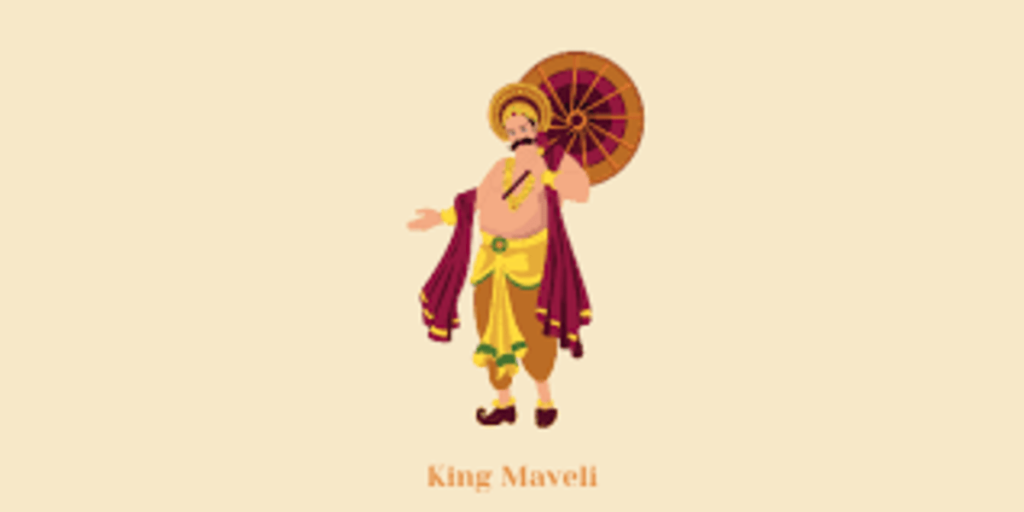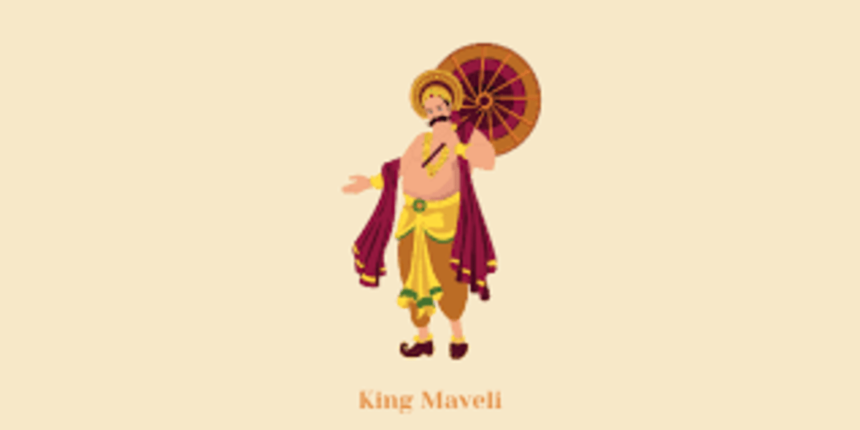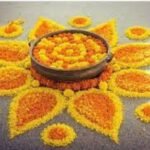
Introduction
As the sun sets on the vibrant state of Kerala, a joyous ten-day festival comes to its climax, bringing with it a sense of unity, culture, and generosity that defines the very essence of the land. Onam, the revered harvest festival, is more than just a time of feasting and festivities; it’s a celebration that reflects the heart and soul of Kerala’s cultural identity.
The jubilation commenced on August 20 with Atham, marking the onset of the ten-day extravaganza that culminates on Tuesday with Thiruvonam. However, the penultimate day, Uthradam, holds a special significance that resonates deeply with the people of Kerala. On Uthradam, the spirit of King Mahabali is warmly welcomed, invoking the memory of a benevolent ruler from the golden era known as “Sukrutha Yuga.” This gesture not only pays homage to Kerala’s historical past but also underscores the cultural pride that the state holds close to its heart.
In various corners of Kerala, Onam unfolds on the Uthradam day itself. This is when farmers proudly present the bounty of their labor, offering the whole produce of their expansive and modest farms, a tradition known as “Onakazhcha.” As the Karnavar, the eldest member of the family, extends a gracious welcome, the farmers are met with warm hospitality, including the sweetness of traditional treats. This exchange isn’t just about sharing crops; it symbolizes the interconnectedness of communities and the harmonious relationship between humanity and nature.
The ten days leading up to Thiruvonam each carry a unique significance, further enriching the tapestry of Onam. Days like Chithira, Chodi, Vishakam, Anizham, Thriketa, Moolam, and Pooradam weave together a narrative of cultural heritage and devotion, reminding everyone that Onam is more than just a fleeting celebration—it’s a journey of remembrance and unity.
Sadya the Grand Feast
While the grand feast, known as the “sadya,” is a feast for the senses, with its intricate rangoli designs and traditional kasavu garments worn by both men and women, it’s the performances that truly encapsulate the vivacity of Kerala’s cultural mosaic. Kathakali, with its eloquent storytelling and mesmerizing expressions, stands as a testament to the artistry that has thrived for generations. The Pulikali, or tiger dance, and Thiruvathira Kali, a graceful group dance performed by women, exemplify the dynamic spirit of the land, infusing the celebrations with energy and excitement.
But Onam’s essence transcends the surface-level revelries; it delves into the values that form the foundation of Kerala’s society. Compassion, humility, and community are central to the festival’s core. Through its celebration, Onam serves as a potent reminder that the true wealth of a society lies not in material possessions, but in the bonds that tie people together.
Conclusion
As the final moments of this year’s Onam approach, Kerala once again showcases its ability to blend tradition with modernity, creating a dynamic cultural tapestry that captures the hearts of millions. The vibrant celebrations stand as a tribute to the past, a celebration of the present, and a promise for a harmonious future—a future where unity, culture, and generosity continue to shine as brightly as the golden glow of the festival itself.






